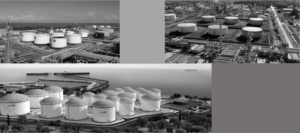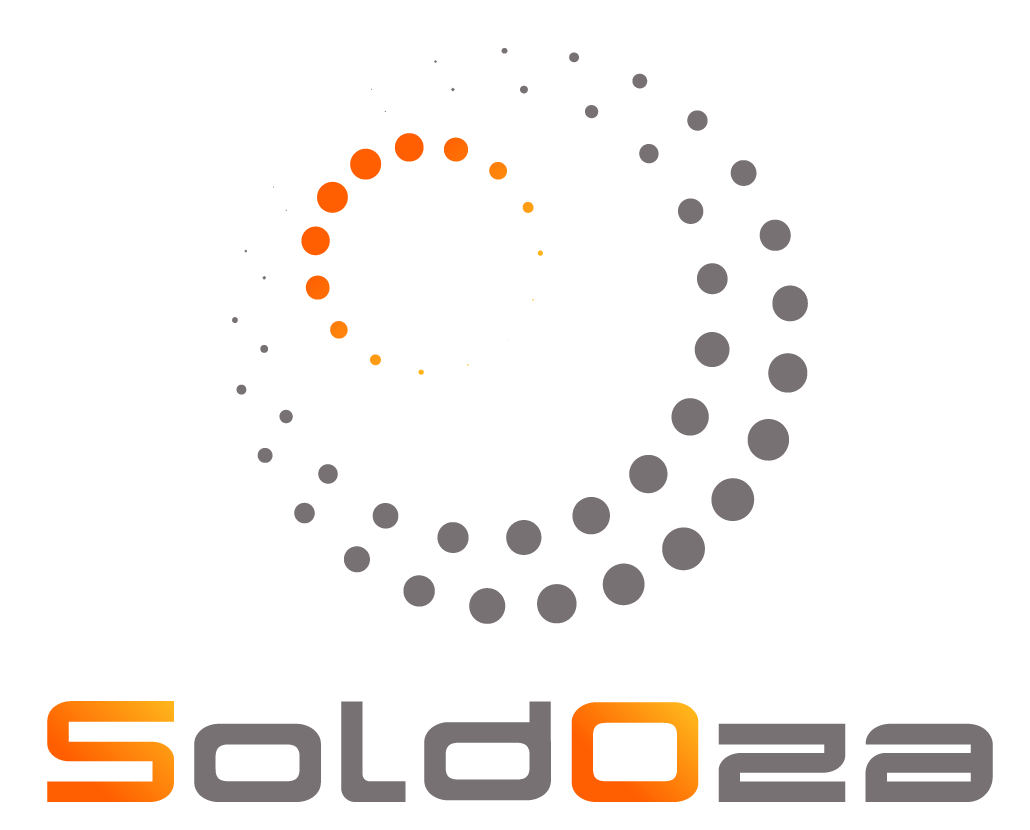Advanced Non-Destructive Testing Techniques for the Detection of Corrosion Under Insulation (CUI) (Part. 3)
By: Eng. Jesus Eduardo Contreras
In the past article, we talked about Guided Waves as a method to detect Corrosion Under Insulation (known by its acronym in English, CUI) in fact, the GW’s were born to inspect CUI. Now in this paper we are exploring the Digital Radiography as an alternative method to find this kind of phenomenon in pipes or vessels.
The Digital Radiography (DR):
Digital radiography is a form of nondestructive evaluation that uses X-rays to penetrate a material and create a projection on a detector, which is then processed digitally and displayed on an electronic device. Unlike standard radiography, no chemical processing or film development needs to be performed.

There are three technologies used in direct digital imaging systems:
- Amorphous Silicon Devices (Showed in the figure below)
- Charge Coupled Devices
- Complementary Metal Oxide Semiconductor Devices (CMOS)

Digital system images are available for viewing and analysis in seconds as compared to the minutes required in CR systems or traditional methods.
The following images show a typical configuration of the digital radiography system, using pulsed Rx sources and amorphous silica detectors, to capture corrosion deposits on the surface of the tube.


The increased processing speed is a result of the unique construction of the pixels in a direct digital system, the pixels arrangement that also allows an image resolution that is superior to CR and most film applications, produces superior quality to other RT forms in a shorter time can produce an image within seconds, less radiation needed to produce image compared to Film RT, and requires a computer, monitor and cables for immediate viewing of image.
Advantages:
- Requires less radiation to produce an image compared to film radiography,
- The image may be stored, e-mailed, or processed on a computer
- Automated Defect Recognition (ADR) systems can be used to analyze the image, replacing the subjective assessment of an inspector,
Disadvantages:
- DR panel detectors require care to avoid damage,
- Lifetime of DR panel detectors dependent on duty cycle/doses applied,
- As a result of manufacturing, every DR panel has some dead pixels,
Do not miss the next article about our NDT experiences!
If you want to learn more about these and other techniques, please contact us!




